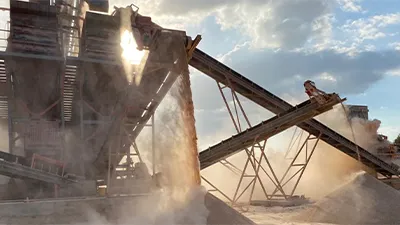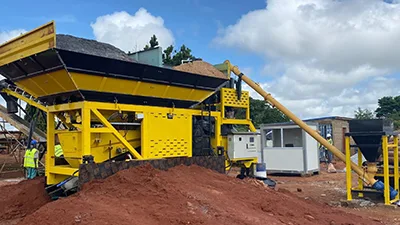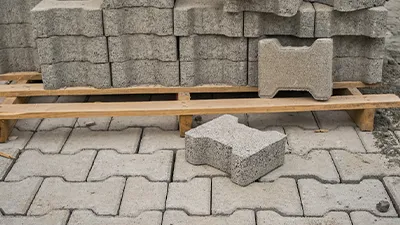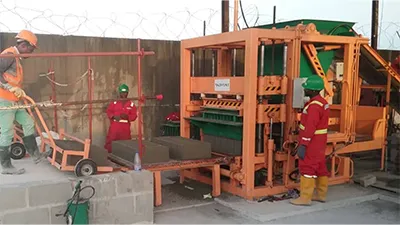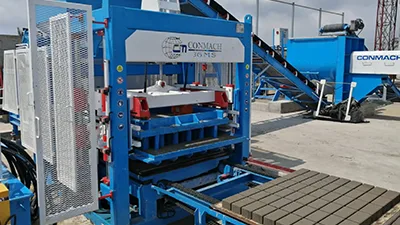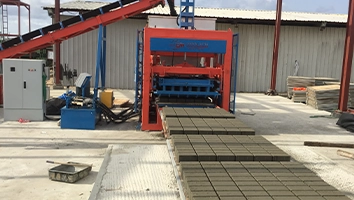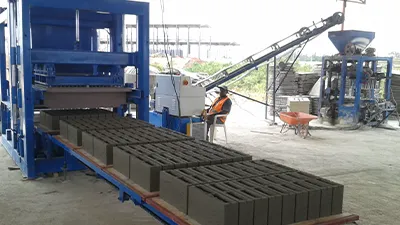What is Pumice?
What is Pumice? Pumice is a building material frequently used in the construction sector and offers significant insulation advantages. The raw material of pumice is pumice stone, formed as a result of volcanic activities. Pumice stone is known for its lightness and durability.
What is Pumice? Being a lightweight material, pumice is easy to transport and use. It is also more affordable compared to other materials used in the sector. Despite this, it is highly effective in terms of heat and sound insulation.
Pumice is commonly used in the following areas:
- Residential construction,
- Industrial buildings,
- Infrastructure and landscaping works,
- Agricultural structures,
- Renovation projects.
What is a Pumice Brick?
In the construction sector, pumice brick stands out for both its ecological and technical advantages, making it a sustainable material. This material, produced by grinding volcanic rock pumice and then processing it, is notable for its insulation properties and lightness.
Pumice aggregate is a type of pumice brick. It is generally produced in larger sizes and is preferred in areas requiring high heat insulation. Pumice aggregates play a critical role in enhancing energy efficiency while physically and thermally protecting structures. Asmelon is a specially processed form of pumice, used more in the production of special structural elements. Thanks to its high porosity, asmelon is an excellent insulation material and, being lightweight, imposes less load on the structural systems of buildings.
What is the Difference Between Pumice and Brick?
Brick is an artificial stone produced by compressing materials such as aggregate or cement. Bricks can be considered an alternative to pumice bricks in general use areas. However, it is known that bricks perform lower in heat and sound insulation compared to pumice bricks.
The production process of pumice bricks is carried out using environmentally friendly techniques. The process begins with the grinding, mixing, and shaping of pumice, followed by a hardening process under high pressure steam. This method ensures pumice bricks are both durable and lightweight. Moreover, the steam hardening process helps maintain the internal porous structure of the bricks, aiding in achieving excellent heat and sound insulation properties.
Another reason for the increasing use of pumice brick in the construction sector is the material’s high resistance to fire. Its non-flammable and non-spreading properties in case of fire make pumice bricks a particularly preferred material for safety reasons. Additionally, the moisture control capability of pumice bricks contributes to creating healthy and comfortable living spaces indoors.

Materials like pumice brick and pumice aggregate have become indispensable in the modern construction sector due to their environmental and technical advantages. With features such as energy efficiency, fire safety, sound and heat insulation, these materials continue to play a key role in the construction sector.
